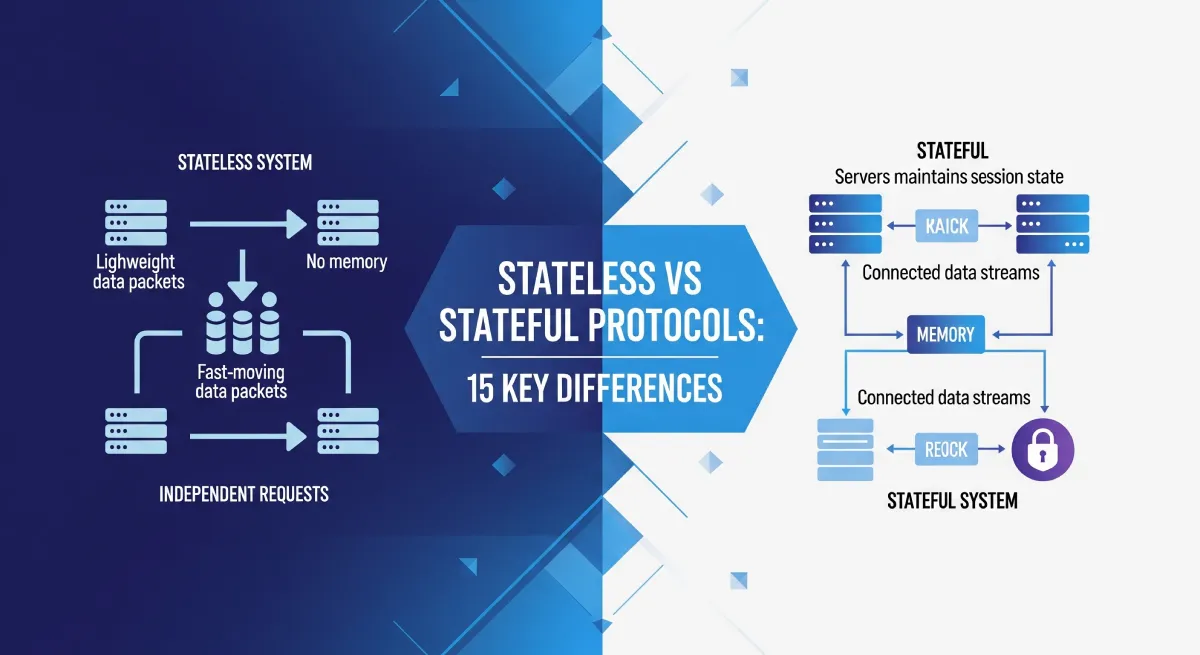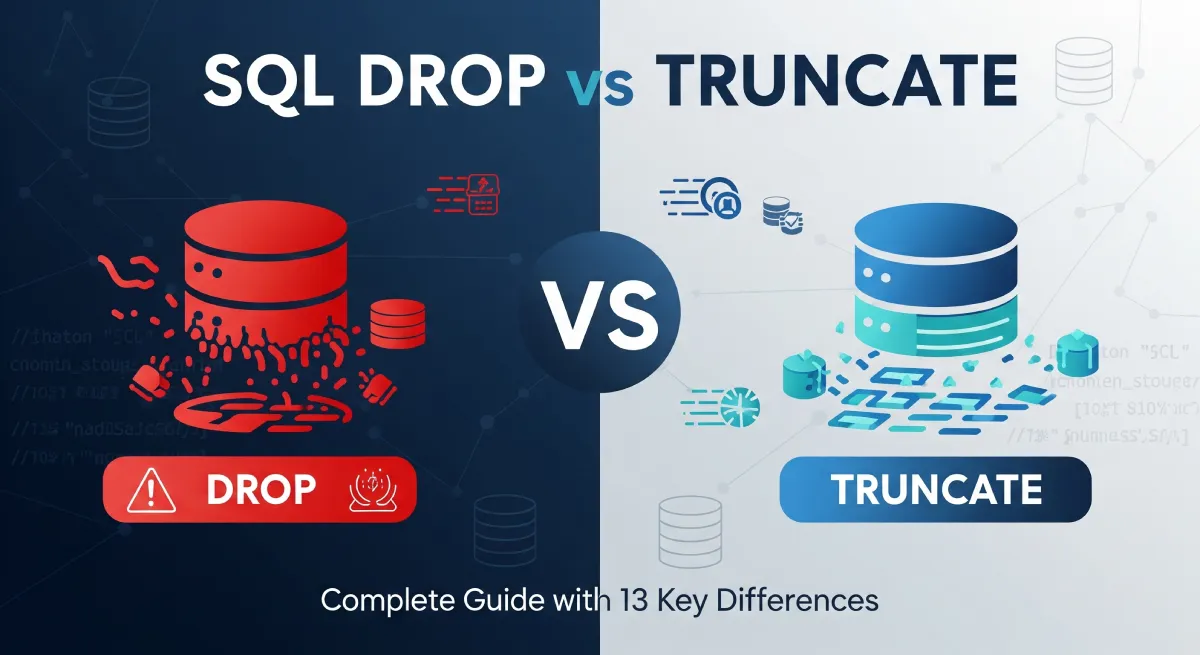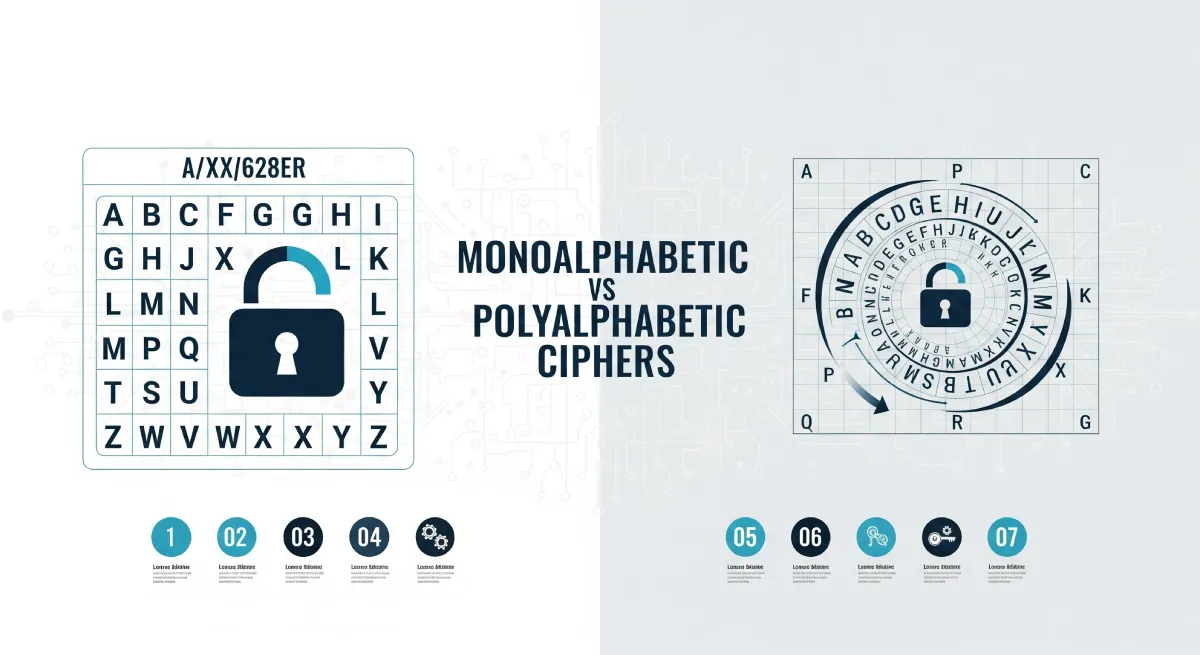Understanding preemptive vs non-preemptive scheduling is essential for managing CPU tasks effectively. Preemptive scheduling interrupts tasks for higher-priority processes, while non-preemptive scheduling allows tasks to finish before switching. This guide explains their differences and impact on system performance.

Understanding Preemptive Scheduling
Advantages of Preemptive Scheduling
Challenges of Preemptive Scheduling
Unveiling Non-Preemptive Scheduling
Advantages of Non-Preemptive Scheduling
Limitations of Non-Preemptive Scheduling
Choosing the Right Scheduling Strategy
Scenarios Favoring Preemptive Scheduling
Scenarios Favoring Non-Preemptive Scheduling
Key Difference Between Preemptive and Non-Preemptive Scheduling
Preemptive Scheduling | Non Preemptive Scheduling |
|---|---|
| Process is interrupted in the middle of execution | Process is not interrupted in the middle of execution |
| CPU is allocated to the processes for the limited time | CPU is allocated to the process till it terminates |
| Waiting time and Turnaround time is less. | Waiting time and Turnaround time is more |
| It is flexible | It is rigid |
| High priority process frequently arrives in the ready queue, low priority process may starve | Process with less CPU burst time may starve when long burst time process is in execution |
| It is cost associated | It is not cost associated |
| It has overheads of scheduling the processes. | It does not have overheads. |
| Time slicing with dynamic task switching | Sequential execution until task completion |
| Swift response to high-priority tasks | May lack responsiveness in dynamic scenarios |
| Allows efficient multitasking | Suitable for less complex systems |
| Well-suited for real-time systems | May not be optimal for real-time requirements |
| Requires intricate coding for task interruptions | Simple implementation, less coding complexity |
| Less predictable due to dynamic task switching | Ensures predictable execution until task completion |
| May incur overhead due to constant switching | Efficient utilization in stable workloads |
| Adaptable to frequently changing priorities | May struggle in highly dynamic scenarios |
| May introduce complexity in coding | Preferred for simplicity in less complex systems |
| Real-time systems, dynamic environments | Less complex systems, predictable workloads |
| Efficient handling but with some overhead | Task interruptions are minimal, if any |
| Enhanced responsiveness with some overhead | Stability with potential underutilization |
| Depends on the need for agility and responsiveness | Depends on the simplicity and predictability required |
| More intricate coding for dynamic task management | Simpler implementation with fewer coding challenges |
| Optimized for scenarios requiring quick task switching | Optimal for stable workloads and sequential processing |
| Example: Priority, SRTF etc | Example: FCFS, SJF etc |
FAQs: Unraveling Common Queries
1. How does Preemptive Scheduling enhance responsiveness in a system?
2. Is Non-Preemptive Scheduling suitable for complex systems?
3. Can Preemptive Scheduling handle real-time processing efficiently?
4. What challenges come with Non-Preemptive Scheduling’s limited responsiveness?
5. How does Preemptive Scheduling cope with the complexity of task interruptions?
6. In what situations does Non-Preemptive Scheduling prove advantageous for resource utilization?
Conclusion: Striking the Balance
In conclusion, the choice between preemptive vs non-preemptive scheduling hinges on the unique requirements of the system. Each approach presents its set of advantages and limitations, influencing its suitability for different contexts.
As the digital landscape evolves, understanding these scheduling strategies becomes paramount for system architects and developers. This nuanced comprehension empowers them to make informed decisions, optimizing system performance based on the specific demands of their projects.



